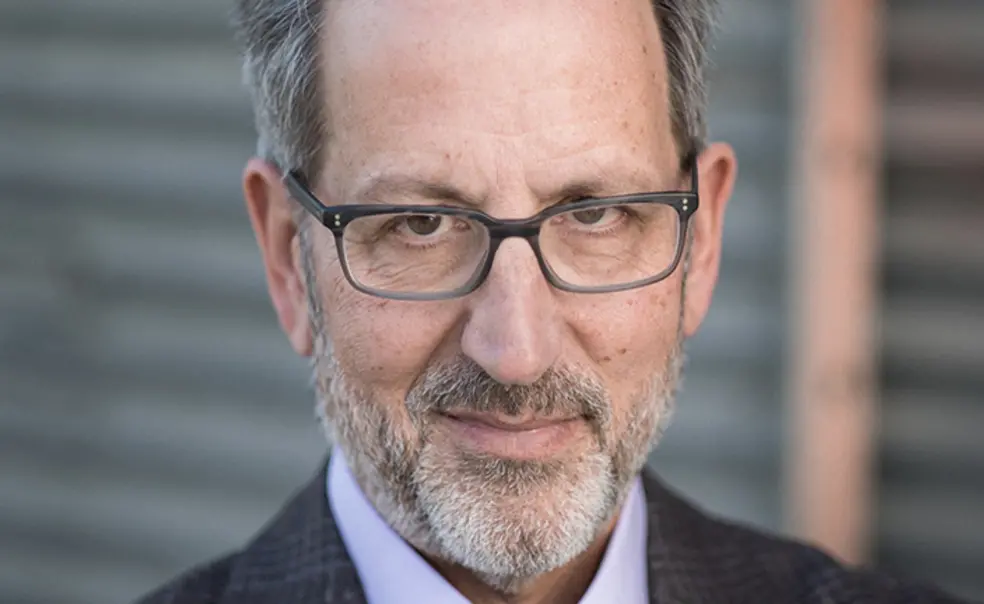Newsmakers Q&A: Jay Famiglietti *92 on Cloud Seeding Technology
‘It’s a little bit like trying to squeeze water from a stone’
Jay Famiglietti *92 recently became the global futures professor at Arizona State University’s School of Sustainability. Following this report by The Mercury-News in California, he spoke with PAW about whether cloud seeding could hold the answer to the state’s lack of rainfall and the drying of the Colorado River Basin.
Can you explain cloud seeding?
When rain forms, it needs to have what’s called a seed (basically, a cloud), a cloud condensation nuclei (CCN). That’s required so water vapor can condense onto something. The idea behind cloud seeding is to shoot CCN into the atmosphere and try to trigger precipitation.
The places where people try to do cloud seeding, the places that that need rainfall, they really don’t have that much water vapor. So it’s a little bit like trying to squeeze water from a stone — there’s not enough there. If there were enough CCN it would be raining naturally there.
Is there any place cloud seeding could possibly work?
At small, remote villages it could possibly work, but it’s not anything that’s ever going to scale. Overall, it’s not something that is going to take effect. Cloud seeding and water-from-air technology is not a solution in any way.
With the Colorado River drying up, is there any way to create water?
There is no magic there. The answer is just by using what we have most efficiently, that’s it. There are no new magical sources out there. I don’t know if people really understand this is about preserving as much groundwater as possible.
The Colorado River will come down to negotiations and conservation in very, very judicious use of groundwater, which is starting to happen in California.
I’m new to Arizona. Gov. Katie Hobbs came out with an executive order that said we are going to revise the Arizona Groundwater Management Act. She is forming a water council and involving the universities. She has a first-ever state water adviser in Arizona. There’s a lot to it. There’s the policy part (water rights), the understanding part, and monitoring the physical part — how much water do we have. Most places around the world don’t do a good job with that.
How do you get people to pay attention to groundwater depletion?
The problem with groundwater is it’s invisible. As a scientist, there are only so many things that I can do. You do your best research, and you try to answer questions that are relevant and are useful to water managers. You get out there and communicate it. … You build up the network of the Congress members that are interested in water and visit with them. There are opinion pieces, their responsiveness to the media. I have tried and will continue to try everything. — Interview conducted and condensed by Nicholas DeVito












No responses yet